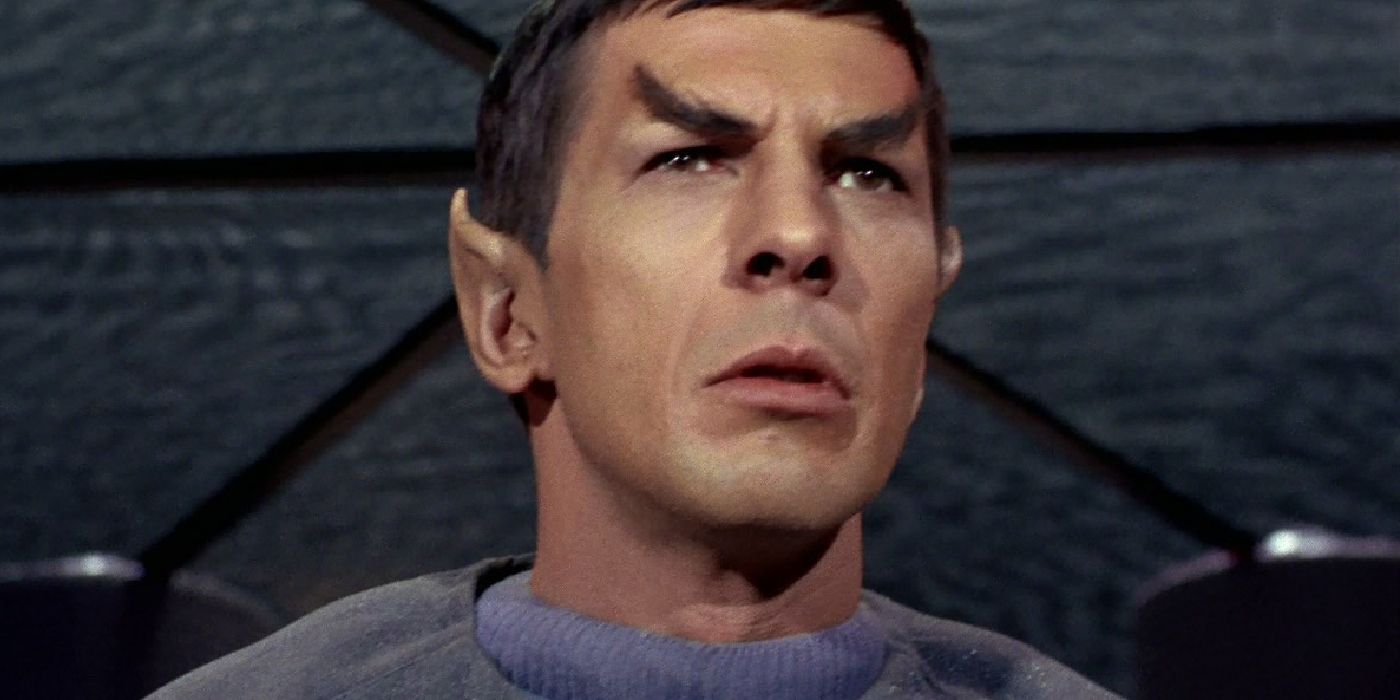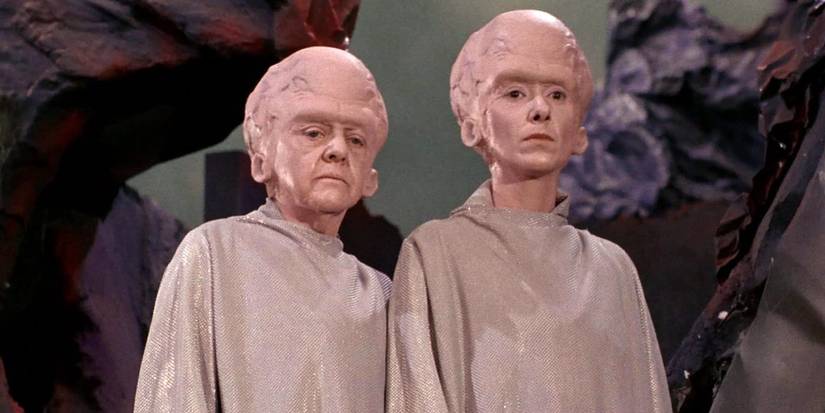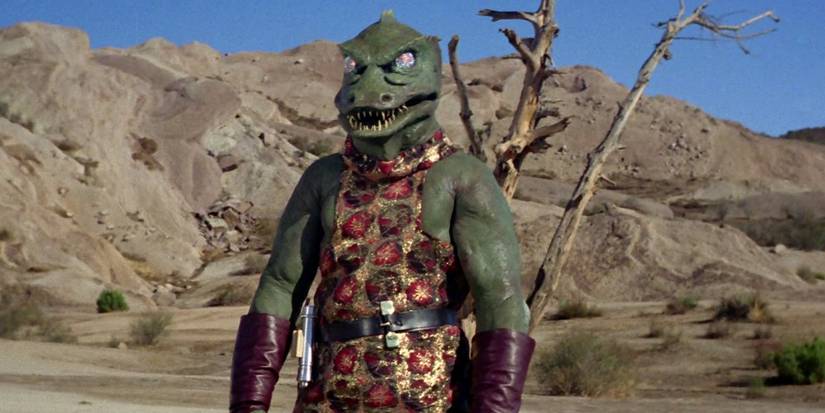
Although “The Cage” was the pilot episode for the original Star Trek, many fans actually saw it as part of the first season’s “The Menagerie.” That episode used footage from “The Cage” as flashbacks during Spock’s court-martial, so it was how most people were first introduced to the story.
Despite never being broadcast initially, the original Star Trek pilot is still incredibly important to the entire series. It laid the groundwork for the show’s core ideas, introduced Captain Pike, and shaped the character of Spock as envisioned by Leonard Nimoy. Strange New Worlds particularly draws heavily from this first pilot, titled “The Cage.” In fact, Star Trek might not have existed at all if the pilot hadn’t impressed studio executives enough to give Gene Roddenberry another opportunity with “Where No Man Has Gone Before.” Interestingly, a minor alteration nearly derailed the whole project.
“The Cage” Almost Made The Talosians Crab Monsters

The Talosians were a standout part of the original “Star Trek” pilot, “The Cage.” Though not quite villains, they were the first antagonists the show presented, and they set the pattern for many enemies to come. These incredibly intelligent beings, who lacked emotions, lived on the planet Talos IV and used their psychic powers to capture people from other species. They then kept these prisoners content by creating perfect, but fake, worlds for them. Ultimately, the Talosians realized their actions were wrong (to some extent), which kept them from being seen as typical villains.
The Talosians, in the original Star Trek pilot episode, sparked discussions about what’s real, what it means to be human, and fundamental ideas about right and wrong. Though considered too complex for a first episode at the time, these ideas ultimately became central to the show’s enduring appeal over the years.
The early concept for the Talosians in Star Trek was surprisingly different – they were originally envisioned as intelligent crabs who communicated using their claws. Thankfully, that idea was scrapped, as it could have drastically changed the episode “The Cage” (according to Stephen E. Whitfield and Gene Roddenberry in The Making of Star Trek).
The Talosians in “The Cage” were designed to look both strange and realistic. Their pale skin, flowing robes, and large heads made them alien, but still relatable, which helped viewers accept them and the complex ideas the episode explored.
Using actual actors to portray the Talosians was crucial to the story’s impact. Their emotionless faces as they responded to Captain Pike, their detached and critical attitude, their robotic way of speaking, and the way they both resembled and differed from humans – these elements were what made “The Cage” so compelling.
The strangely comical design of the Crab-losians almost ruined the serious themes of the pilot episode. Their complex morality wouldn’t have resonated as strongly without a human contrast, and their true intentions would have felt empty without actors to portray them beneath the outlandish prosthetics. A single design decision cut the emotional power of “The Cage” in half.
Fortunately, the expense of using real crabs in the original pilot, “The Cage,” led Roddenberry to choose a different approach – and that decision shaped the course of Star Trek history.
Star Trek Learned To Use B-Movie Monsters More Effectively

Later Star Trek episodes did feature similar monsters to the one almost used in “The Cage,” but they generally used them better. For example, the Horta in “The Devil in the Dark” was essentially a creature like the one from the 1950s movie The Blob, but the episode went deeper, showing that even something frightening might not be evil at heart.
The reptilian Gorn were a genuinely imposing physical threat on Star Trek, presenting Captain Kirk with a truly savage opponent. If a human had worn the Gorn’s costume, it wouldn’t have been nearly as effective. Interestingly, even the episode “Arena” concludes with Kirk and the Gorn discovering a degree of understanding, despite being so different.
The most memorable villains in Star Trek understand how to use their appearance – whether human-like or not – to make the story more compelling. This is particularly true in the episode “The Cage,” even though its impact was a happy accident rather than a planned effect.
Read More
- Gold Rate Forecast
- Best Season 10 PvE Build in New World: Aeternum
- BTC PREDICTION. BTC cryptocurrency
- 10 Most Badass Moments From Arrow
- Silver Rate Forecast
- Skate 4 – How to Christ Air | Redemption Air
- Supernatural Spent 15 Seasons Setting Dean Winchester Up for 1 of TV’s Most Controversial Endings
- Valheim coming to PS5 in 2026
- BTC AUD PREDICTION. BTC cryptocurrency
- Battlefield 6 says “we are investigating” as server issues and ‘Connection Failed’ errors mount — Amazon’s ongoing AWS outages may be to blame
2025-10-24 14:59